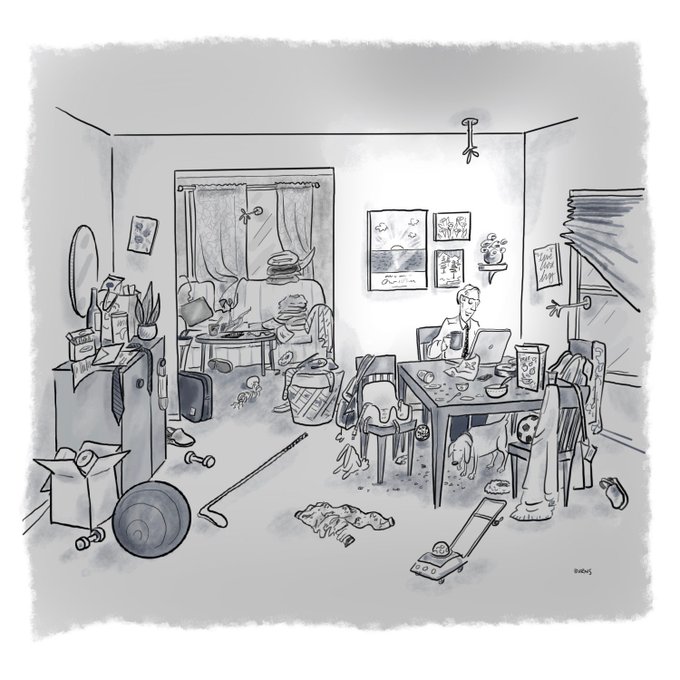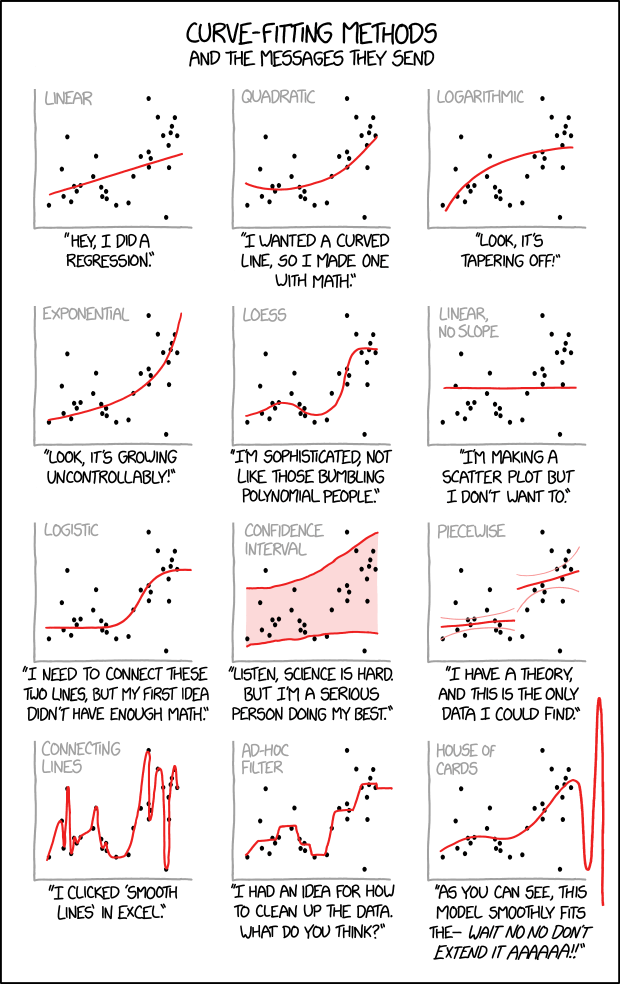.@ElonMusk’s latest Twitter meltdown has him threatening to leave California due to coronavirus safety measures.
The Editorial Board’s response: Bon voyage!https://t.co/svJzmddE7b— SacBeeEditorialBoard (@SacBeeEditBoard) May 10, 2020
Editorial: Don't cave in to Elon Musk's coronavirus tantrum https://t.co/dwo2Ihg1MK— Russ Mitchell (@russ1mitchell) May 12, 2020
If Tesla runs into a serious (and preventable) cash crisis, is Alameda County now set up to take the blame? https://t.co/UgEAoCg47b— Russ Mitchell (@russ1mitchell) May 10, 2020
Read this thread.
With all of this conversation about Tesla and automotive workers' safety, I can tell that none of you have a close relationship to someone who works in one of these factories, much less ever stepped foot in any of them.
Because y'all are saying some ridiculous sh!t.
/🧵👇🏻— Sam Dylan Finch (@samdylanfinch) May 10, 2020
—
Russ Mitchell (@russ1mitchell) May
11, 2020
Musk retweeted this. The first graf is completely untrue. The second graf....absolutely true. https://t.co/zWIYV4Ze3j— Russ Mitchell (@russ1mitchell) May 11, 2020
one interesting thing about elon musk is that he's probably closest to the silicon valley john galtian self-conception of what they do but he's also by far the most dependent on the government to actually do it— Matthew Zeitlin (@MattZeitlin) May 11, 2020
So much of the clash our state is experiencing with the tech/Silicon Valley companies is of our own making. We let gig companies violate labor laws for over a decade. We subsidized Tesla as they operated with severe safety issues & actively union busted. They got used to it.— Lorena (@LorenaSGonzalez) May 11, 2020
Hi Elon, since we're all online, what was April cash burn? Adam Jonas asked you on the call and you didn't feel like answering. I think the answer would help county officials understand why it's so important for you to go back to work today! Just a thought.— Wash Your Hands Charley Grant (@CGrantWSJ) May 11, 2020
Tesla worker to me just now: "he NEVER works the line, he stares awkwardly at someone doing their job until they are very uncomfortable, then he walks away.”
From another: "When he says on the line he just means walking around every so often to make sure everyone sees him.”— Sean O'Kane (@sokane1) May 11, 2020
Fallout https://t.co/QBlY67ArB9— Russ Mitchell (@russ1mitchell) May 12, 2020
More political fallout https://t.co/XYim3CWGDs— Russ Mitchell (@russ1mitchell) May 11, 2020
Fallout https://t.co/md41YVCeIu— Russ Mitchell (@russ1mitchell) May 12, 2020
Fallout https://t.co/BdRIX6ecSj— Russ Mitchell (@russ1mitchell) May 11, 2020
Fallout https://t.co/kSwQ3WJIXN— Russ Mitchell (@russ1mitchell) May 11, 2020
Fallout https://t.co/ORtpV3YuY8— Russ Mitchell (@russ1mitchell) May 11, 2020
Fallout https://t.co/jiFdBs7JbV— Russ Mitchell (@russ1mitchell) May 11, 2020








